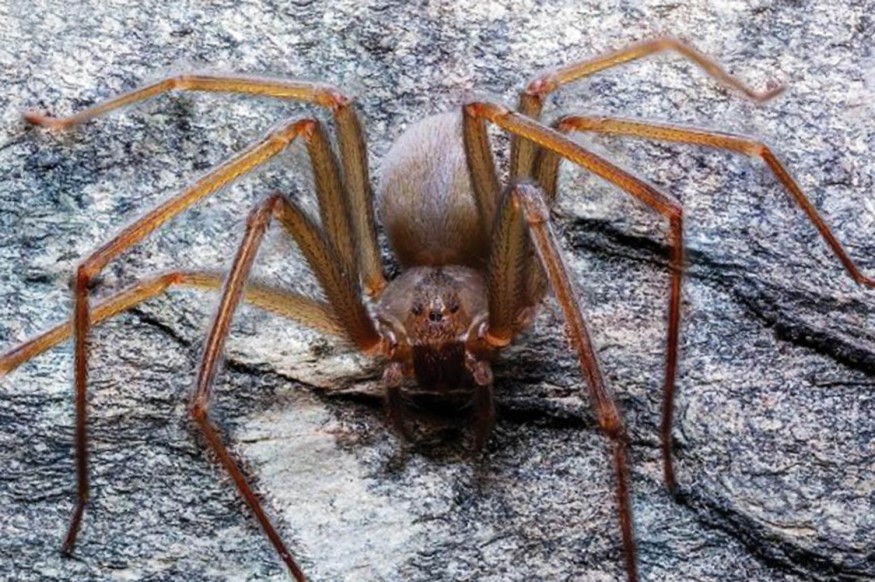
Biologists in Mexico were able to discover a new species of Loxosceles, the brown recluse spider in the Valley of Mexico. The new spider was aptly named Loxosceles tenochtitlan based on the location of its discovery in a highland plateau where the ancient capital of the Aztec empire was situated and where Mexico City is now.
The arachnid, like all species in the genus Loxosceles, is venomous. However, L.tenochtitlan is different because its venom is capable of rotting human flesh.
WHAT ARE Loxoscles SPIDERS?
Commonly known as the recluse spider, this group of arachnids was first discovered in 1832 by R.T. Lowe. Most of the species in this group are venomous; however, none of them is aggressive enough to attack first.
It is relatively common in the warmer regions of the planet and can be identified by having six eyes arranged in groups of two in its back. Some have the "violin marks" on its cephalothorax or the area where the head and the thorax are fused.
Recluse spiders are poisonous, and although their bites are not fatal, it can cause loxoscelism, where the area around the skin becomes dusky and shallow sores form as it undergoes necrosis.
It is no surprise that biologists will still be able to discover new species of spiders in the country as Mexico is one of the countries in the world with a high diversity of Loxosceles spiders in the world. According to the biologists from the National Autonomous University of Mexico, the country is home to 40 of the 100 known species of Loxosceles, and the newly discovered species is the first native to the Valley of Mexico.
Lead author Alejandro Valdez-Mondragon explains that there are records of L.tenochtitlan before their discovery. However, the team and other scientists previously assumed that these records pertain to L.misteca, a species that is already described. The L.misteca is introduced to the region of the Valley of Mexico but naturally occurs in the states of Morelos and Guerrero.
In a statement released by the university, Valdez-Mondragon explained the difference: "As L.tenochtitlan is morphologically similar to L.misteca, it was initially thought that it had been introduced to this region by the shipping of ornamental plants. But when doing molecular biology studies of both species, we realized that they are different." Valdez-Mondragon described the species and noted the difference between L.tenochtitlan and L.misteca lies in the male spider's palp or the organ that enables touch in arachnids. It is also noted that the female L.tenochtitlan has a distinct looking sexual organ compared to L.misteca. Valdez-Mondragon explains that at first glance, the two species of spiders can look identical, but L.tenochtitlan can be identified because of its dark brown color which is dull compared to the other species and on its back is a very visible violin pattern.
IS THE L.tenochtitlan HARMFUL TO HUMANS?
Due to how often they were pictured in pop culture, spiders often get a bad rapport even though most of them are harmless. It doesn't help that humans are naturally repulsed at the sight of "creepy crawlies" like spiders. The L.tenochtitlan is venomous. However, the researchers explained that these spiders generally try to avoid contact with humans and will not bite unless threatened.
© 2026 ScienceTimes.com All rights reserved. Do not reproduce without permission. The window to the world of Science Times.











